Welcome to our shop! translation into English is in progress, check the product on " Не Українською"
Buy⚔️ for a gift and for collecting German bayonet knife 1898/1905 (new type) to the Mauser rifle in Ukraine city of Kyiv
Dear Collectors and guests of the site Antique Gallery, looking for a gift, in particular Antique weapons, your attention is invited: German bayonet-knife 1898/1905 (new type) to the rifle Mauser
? The German 1898/1905 bayonet (new type) for the 1898 Mauser system rifle is an impressive antique artifact that will bring a piece of World War I history to your collection. This new type bayonet was designed for an improved version of the famous Mauser rifle. Known for its quality workmanship and efficiency, it has significance for military historians and gun collectors alike. With its stylish and durable design, this bayonet will also make an elegant addition to your interior ?.
The bayonet blade is single-bladed, with a lob on both sides and a widening in the lower third. The combat end is double-bladed. The handle is formed by two wooden cheeks fastened to the shank with two screws. The cleaning hole in the handle is rectangular (round for bayonets made by the Bavarian state arsenal Amberg), located in the handle cheeks next to the crossguard. The handle head has a T-slot with a cylindrical extension and a spring latch with an internally positioned coil spring. Cross pin with bent back end. Iron scabbard with hook and ball at the end.
Historical Background:
The 1898/1905 model bayonet, known as the “Butcher Blade” because of the shape of the blade, was an improved version for the 1898 Mauser rifle. The modification included shortening the legs of the crossguard and adding a guard plate on the back of the grip to improve compatibility with the Mauser carbine (K98a), where the muzzle of the bayonet was located above the grip, which could cause damage to the cheeks when firing. This modification was introduced in late 1915.
From September 16, 1915, by order of the War Ministry, the bayonet was modernized by introducing a double-bladed fighting end. This change was first introduced in infantry and jaeger units, and later in the whole army. After World War I, the 1898/1905 bayonet continued to be used in the Reichswehr and police, remaining in service until World War II, even though from 1923 it was ordered that all bayonets of this model be replaced by the 1884/98 bayonet.


The heel of the blade usually bears the manufacturer’s stamp. The head of the hilt, blade tip, crossguard, button, screws and metal parts of the scabbard bear the inspection stamps of acceptance. On the back of the blade is a stamp with the ruler’s monogram and the year of the bayonet’s adoption. On the mouth of the scabbard and the crossguard of the bayonet can sometimes be found an account number indicating the military unit to which it was assigned. During World War I, the rules for inspection stamps and the year of manufacture with the ruler’s monogram were often not followed. The manufacture of a bayonet could involve several companies, resulting in the presence of several manufacturer’s marks on a single piece.
During World War I, bayonets of this model were supplied to Turkey together with 1898 Mauser rifles. After the war, in addition to Germany, the 1898/1905 bayonets were used in Yugoslavia, Turkey, Belgium, Poland, Czechoslovakia and other countries.
Photo Review:













| Collection | |
|---|---|
| by dating | |
| by country and region | |
| by type | |
| by type of troops |
Add a review
Be the first to review “German bayonet knife 1898/1905 (new type) for Mauser rifle” Cancel reply
Categories: Antique Weapons, Gallery of sold, The Third Reich / Germany
Tags: historical armor, антиквариат, антикварна зброя в інтер'єрі, антикварний штик, антикварное оружие в интерьере, антикварный штык, античное оружие, армейский антиквариат, винтовка Маузера, гвинтівка Маузера, исторический антиквариат, историческое оружие, колекціонування антикварної зброї, купити антикварну зброю, купить антикварное оружие, немецкий штык 1898/1905, німецький штик 1898/1905
Related products
-
Sword for officers of all branches and administrations model 1872
620 $Original price was: 620 $.600 $Current price is: 600 $.



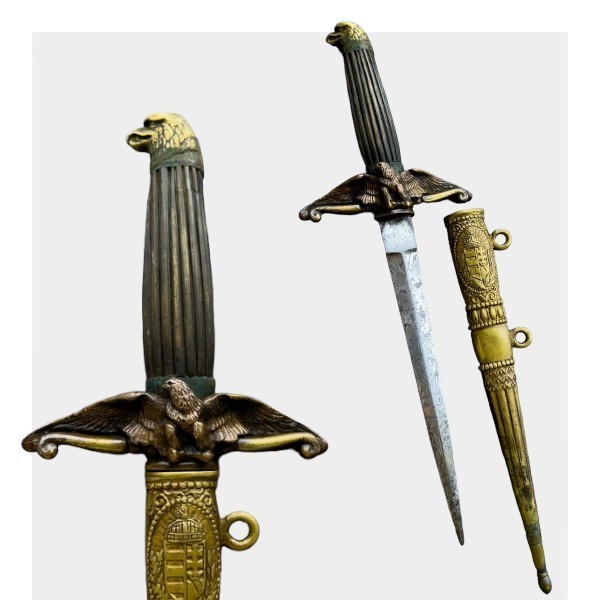
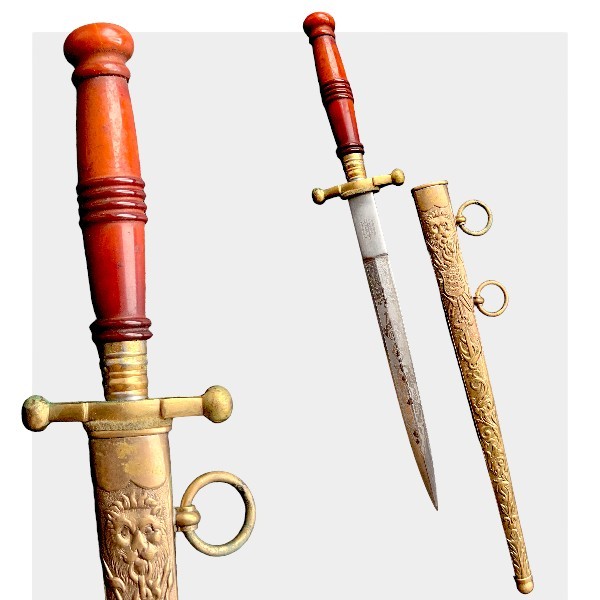
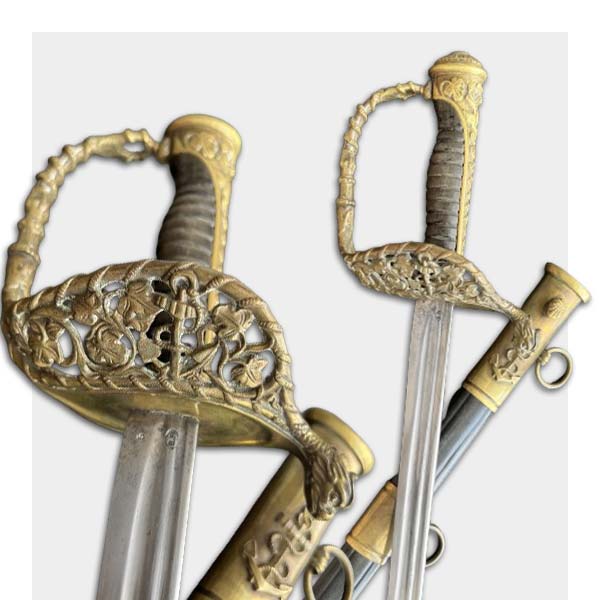



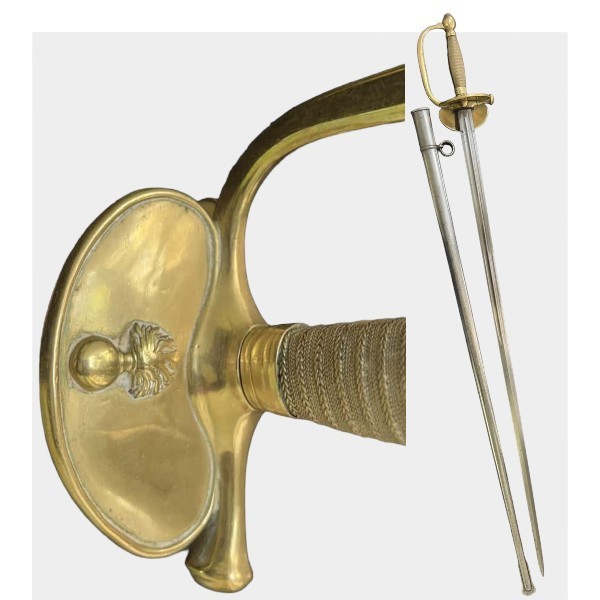

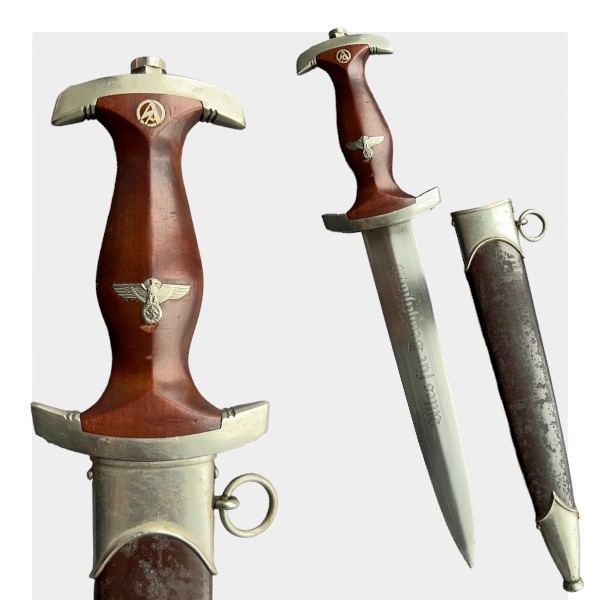

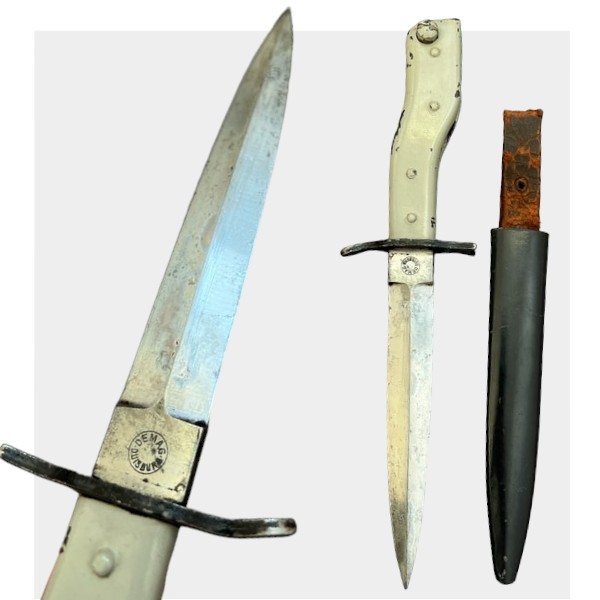



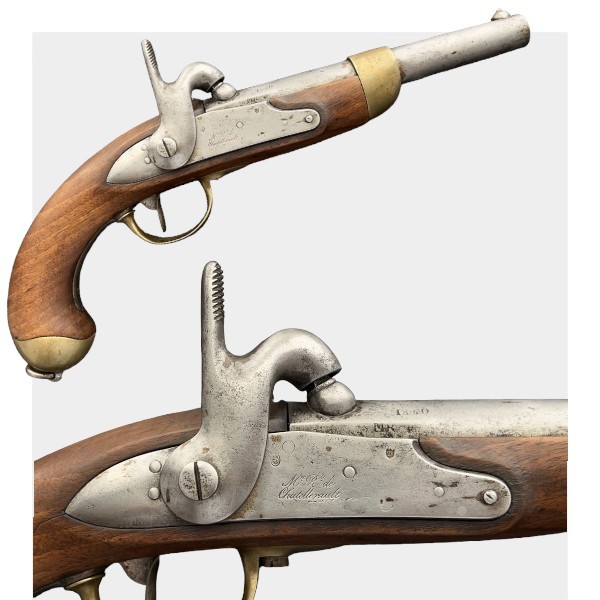

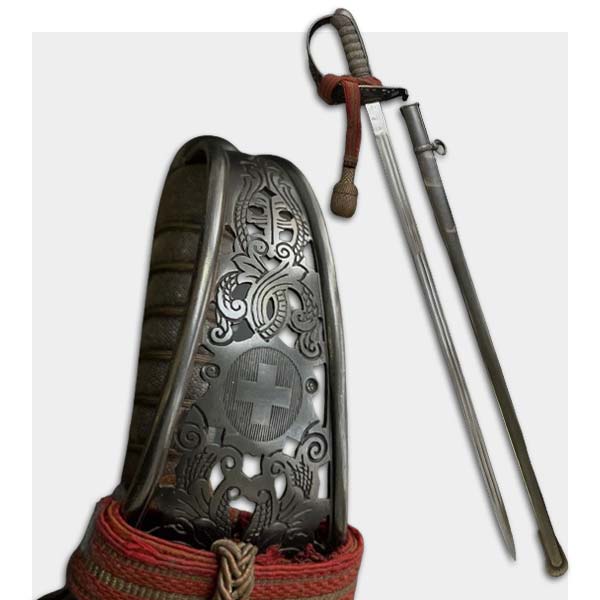

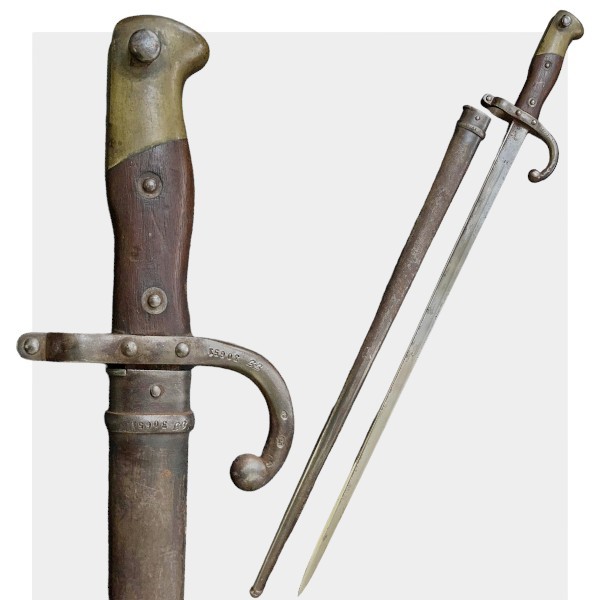




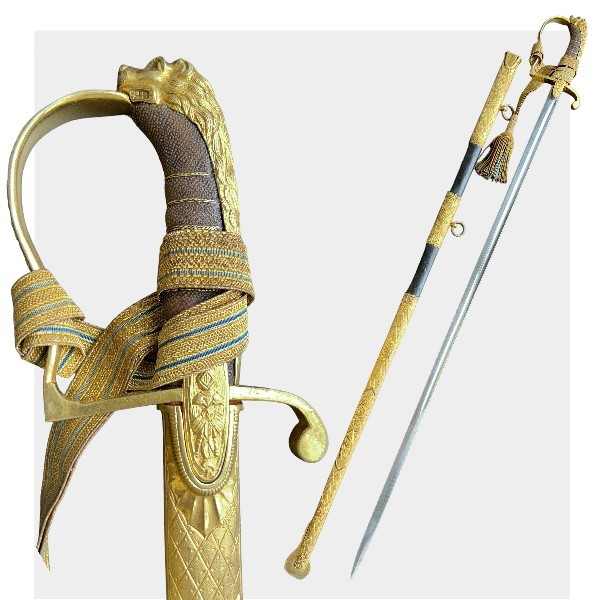

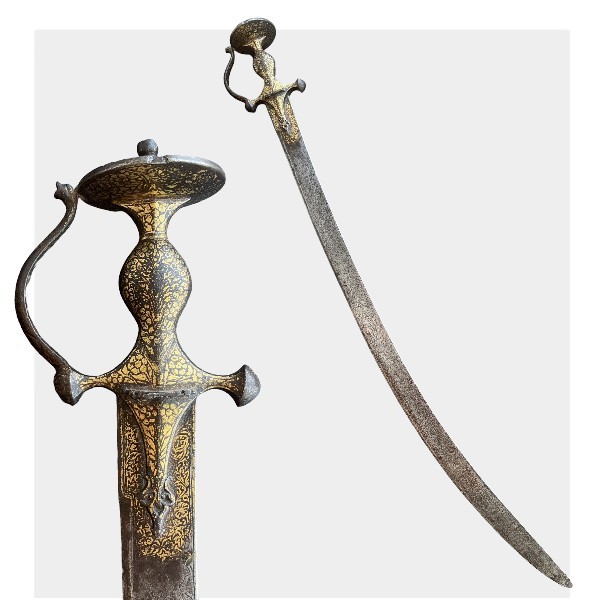

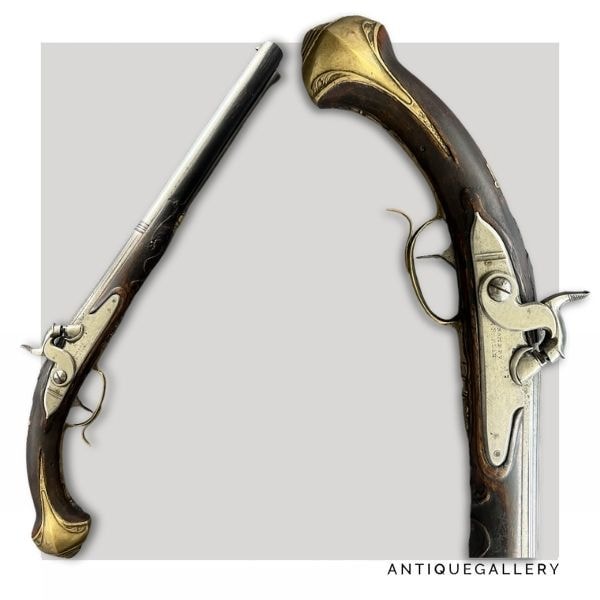
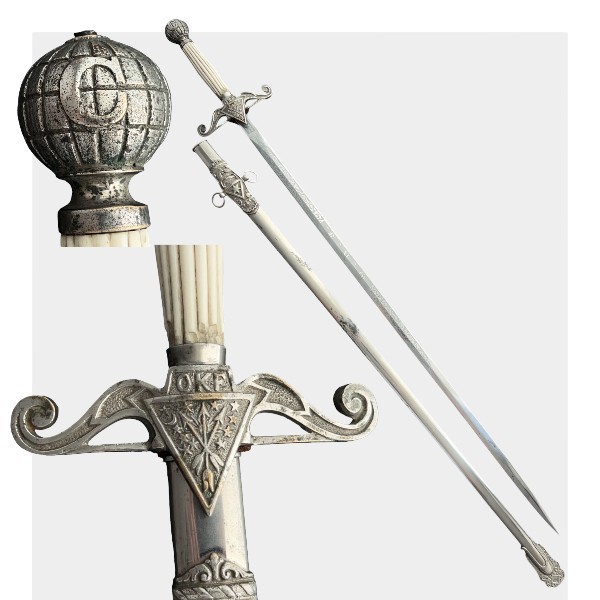
There are no reviews yet.